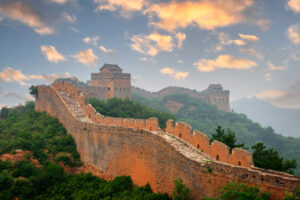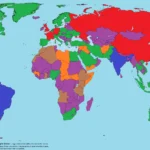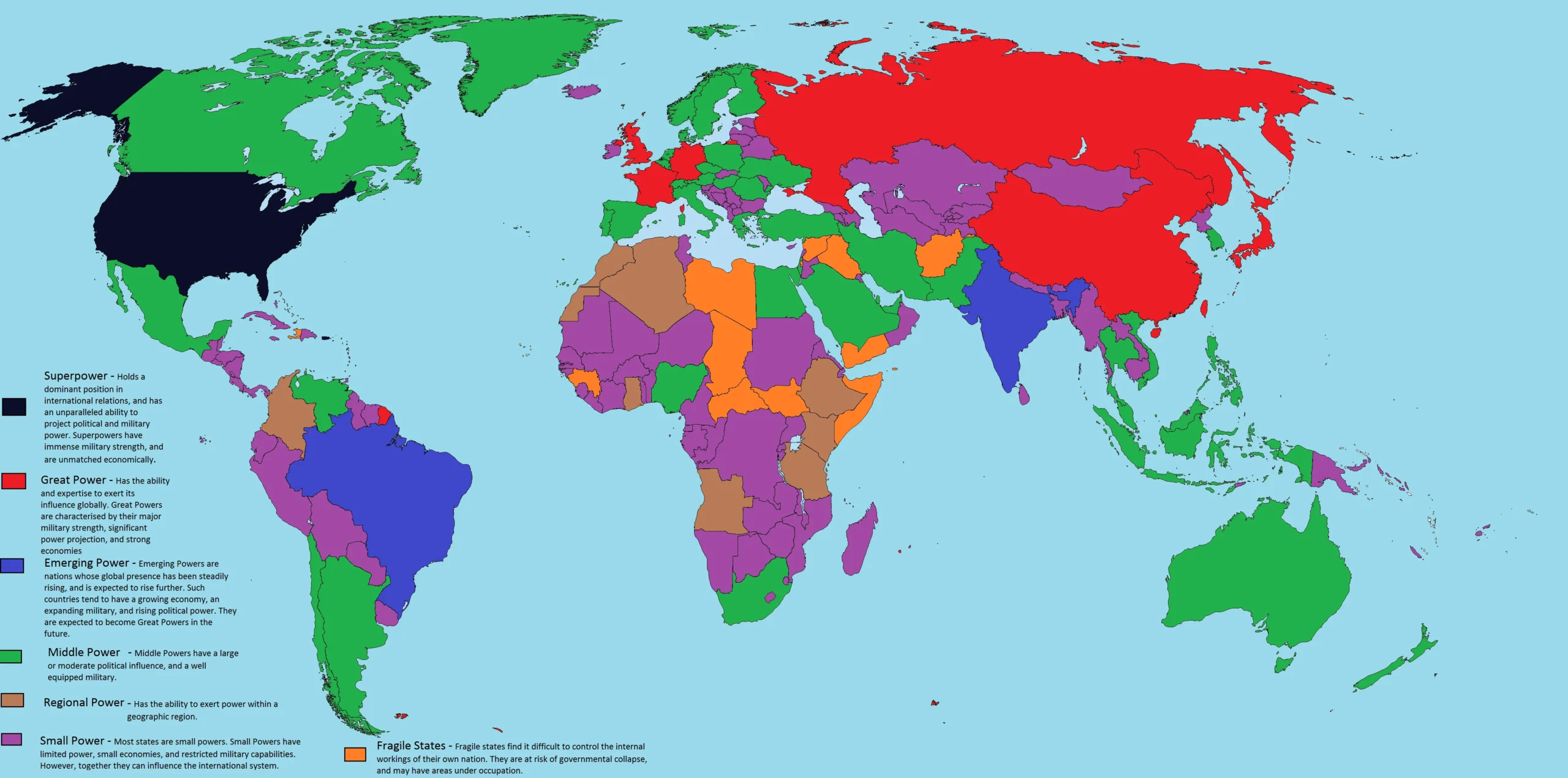An eternal sign of power and tradition One of the most amazing architectural achievements in history, the great wall of China represents China’s hardship and elasticity. The enormous construction, which extends more than 13,000 miles (21,000 kilometers) of northern China and winds through the meadows, mountains and deserts, surprises tourists and historians with its size and importance.
Cleverness
During the era of states fighting in the 7th century BCE, work began on the great wall. To protect their land, many regional empires raise the first walls. Later, under Emperor Kin Shi Huang, these ancient walls were attached and expanded during the Kin Dynasty (221-206 BCE).
To defend the joint China recently against northern invaders such as the Ziongu tribe, he imagined a single, constant barrier. The wall was reinforced, maintained and expanded by the latter dynasty, especially the Hen, Sui and Ming dynasty. To create the best preserved parts currently appearing, bricks, stone, tampered clay and other regional materials were used during the Ming Dynasty (1368–1644).
Attribute and architecture

There is more than one barrier that creates a wall. These include G Resses, Barracks, Garrison Stations, Bikon Towers and Watchtovers that are intended for all defense, communication and supervision.
To alert people to the imposed attacks, watchtowers will emit fire beacons or signs of smoking. Important protective modes and commercial entrance points were strategic ways and doors, such as known Geuguan and Shanhiguan. The design of the great wall shows the discovery of ancient Chinese engineers.
By following the natural topography, the EP merges with the scenery when maintaining its protective function in the climb and descending into the valleys.
Cultural importance
The great wall developed in a powerful cultural mark in addition to its military purpose. It is for the desire and unity of Chinese people, their ability to overcome great obstacles and their ambition for safety and harmony.
Poetry, myths and popular cultures, as representing the hardness, also became a myth during the wall.
Today, people often refer to the great wall, a UNESCO World Heritage Site, as the “seven wonders of the medieval world.”
Millions of tourists visit his year, especially in well -known areas such as Jinsh Ling Naling, Mutianu and Buddling.
Maintaning The Tradition
Although a large part of the wall is still standing, neglect, human vandalism and natural erosion have crumbled some areas.To protect this historic pilgrimage wonder, we should balance defense efforts with contemporary development and tourist needs.. To ensure that future pay generalations can continue to appreciate the beauty of the w

all and learn from its history, national and international organizations made endless efforts to re -restore and maintain it.
Conclusion of great wall of china
The Great Wall of China is a live example of human ingenuity, ambition, and tenacity rather than merely a historical artifact. One may practically hear the echoes of centuries past and sense the deep soul of a civilization that influenced the path of history when standing on its old stones.
FAQ’S of great wall of china
1. What is China’s Great Wall?
>>>>>>>>>>>>>>>>Constructed around northern China, the Great Wall of China is a network of fortifications consisting of wood, brick, stone, tamped earth, and other materials to fend off raids and invasions.
2. What is the Great Wall of China’s length?
All of the Great Wall’s portions constructed by various dynasties add up to roughly 21,196 kilometers (13,171 miles) in length.
3.Who constructed the Great Wall of China?
The Ming Dynasty (1368–1644 CE) constructed the most well-known portions, while builders dated the oldest walls back to the 7th century BCE.
4.Who built the Great Wall?
Several Chinese dynasties, most notably the Han, Ming, and Qin dynasties (ruled by Emperor Qin Shi Huang), constructed and maintained the Wall.











